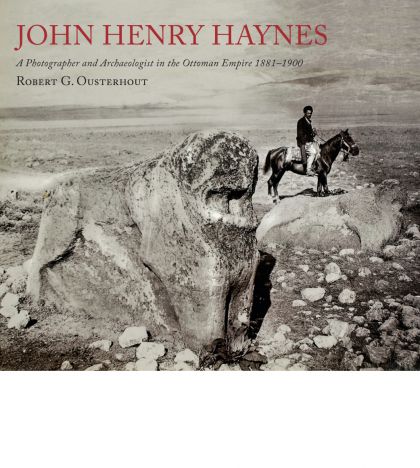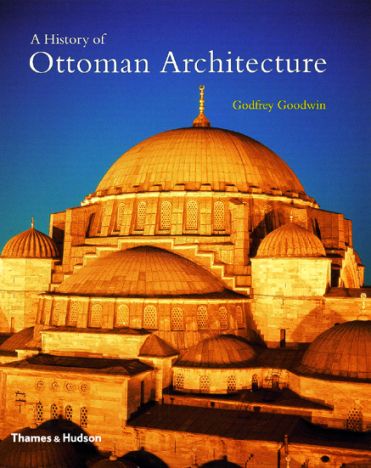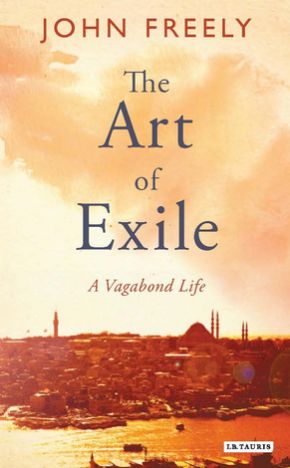Buy or gift a stand-alone digital subscription and get unlimited access to dozens of back issues for just £18.99 / $18.99 a year.
Please register at www.exacteditions.com/digital/cornucopia with your subscriber account number or contact subscriptions@cornucopia.net
Buy a digital subscription Go to the Digital EditionIstanbul’s best known educational institution, now part of Boğaziçi University, was founded in 1863 by Dr Cyrus Hamlin, a missionary and educator, and the New York philanthropist Christopher Robert. The oldest building on the campus, which overlooks the Bosphorus, is Gould Hall, completed in 1914 and a gift from Helen Gould Shepard, daughter of US Wall Street financier Jay Gould. It houses the main administrative offices and library with nearly half a million materials, including books going back to the 16th century. A Heritage Museum has furniture and books from Eveline A. Scott, a professor of English who lived here and until her death in 1976. Among the College’s distinguished teachers was Godfrey Goodwin, author of the classic History of Ottoman Architecture”, who “imbued three generations of students with his passion for Turkish art and culture,” according to a former student, Maureen Freely, who wrote about him after his death in 2005 in Cornucopia 34 .
John Henry Haynes taught English and Latin here from 1881 to 1884 and took photographs of his colleagues as well as a fine view of the original college building, standing in splendid isolation overlooking the Bosphorus. The pictures can be seen in John Henry Haynes: A Photographer and Archaeologist in the Ottoman Empire 1881–1900.
Godfrey Goodwin, who died in August at the age of 84, will be best remembered for A History of Ottoman Architecture, the classic 1971 study that persuaded the British art-history establishment to cast away its tired prejudices and give this great architecture the credit it was due. He will be remembered, too, for his fine works on Sinan, the Janissaries, Ottoman women, and life behind the scenes at Topkapı Palace, for his years of service at the Royal Asiatic Society, and for the inspired lectures that imbued three generations of students with his passion for Turkish art and culture. But I shall always remember him as I first saw him, on the campus of Robert College, Istanbul, on a Sunday morning in the spring of 1961. I was eight years old, and standing in the atrium of Hamlin Hall, the student dormitory where he was the housemaster, and where my friends and I had been rollerskating for several hours. This was long before they invented skates that made no noise. It was, I think, the screeching and scraping of our metal rollers on the marble floor that had attracted our large audience.
The students watching us from the interior balconies were applauding us for an unusually graceful figure eight when suddenly there was silence. We looked up and there, on the top balcony, was an ominous figure in a striped satin robe. He glared down at us. “Ah,” he said. His voice was rich, resonant and full of woe. It was clear from his watery eyes that he had been hoping to sleep in. We prepared ourselves for the dressing down we deserved. But when he spoke, it was to make a suggestion. “If you must make noise on a Sunday morning, and I suppose you must, could I perhaps persuade you to decamp to a distant land, populated, if at all possible, by my worst enemies, whose names I would be more than happy to provide forthwith?” Or words to that effect.
Adults wanting to get along with children tend to do so by condescending to them: with Godfrey it was always the opposite. He knew you would understand him perfectly, no matter how elaborate his syntax; the question was whether or not he could return the compliment. “Where shall we begin?” he would ask, when he’d tired of the adults at Christmas dinner and defected to the children’s table. As he adjusted his monocle – and he had every reason to use one, for he was blind in one eye – we’d give him our suggestions. And then, for the next few hours, we’d watch him drawing hobgoblins in vast tableaux of tilting buildings, crashing planes, wobbling space-ships and ocean liners battling the waves.



 Issue 66, December 2023
Turkey’s Centenary Issue
Issue 66, December 2023
Turkey’s Centenary Issue

Cornucopia works in partnership with the digital publishing platform Exact Editions to offer individual and institutional subscribers unlimited access to a searchable archive of fascinating back issues and every newly published issue. The digital edition of Cornucopia is available cross-platform on web, iOS and Android and offers a comprehensive search function, allowing the title’s cultural content to be delved into at the touch of a button.
Digital Subscription: £18.99 / $18.99 (1 year)
Subscribe now